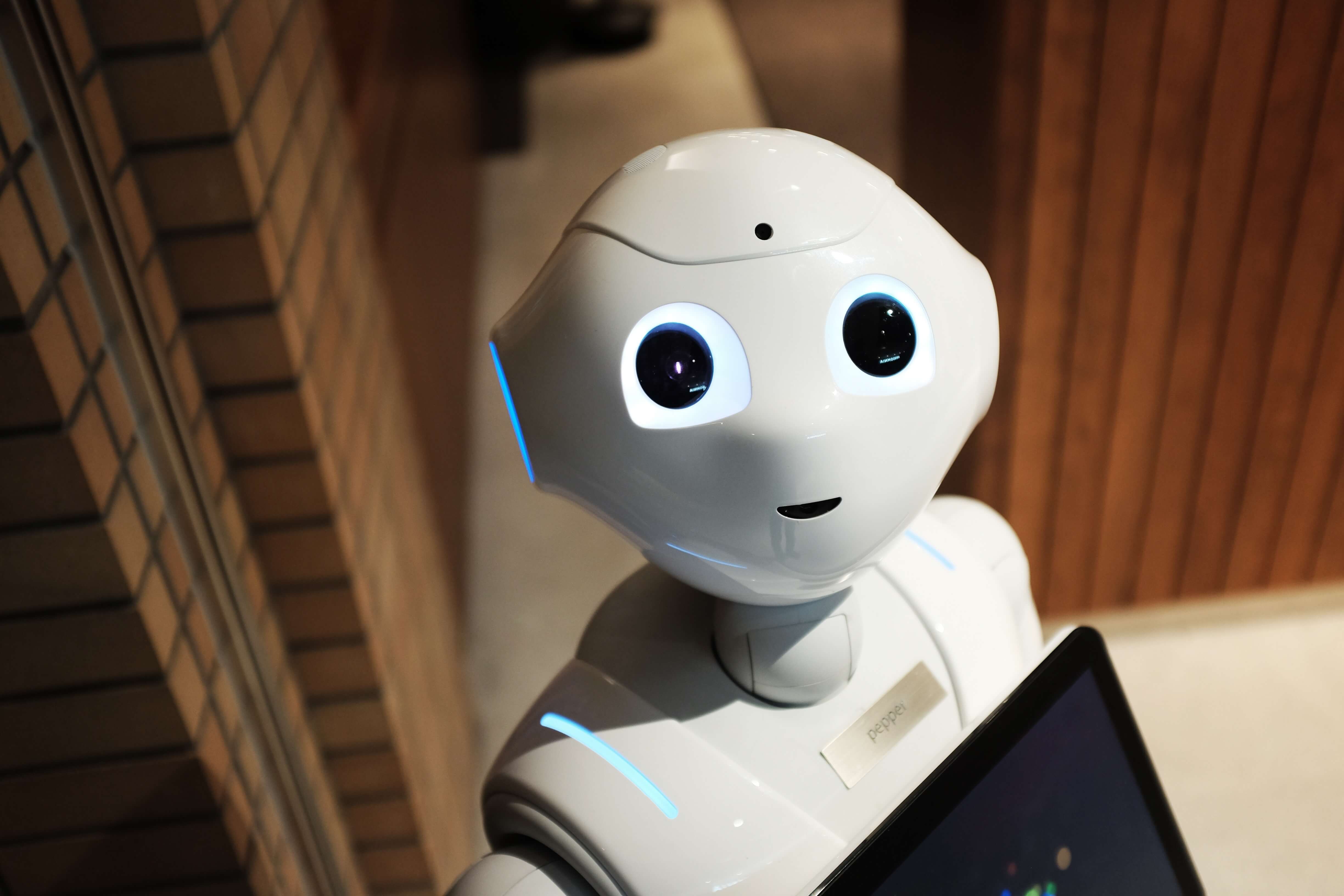Efficiency and electro-magnetic compatibility - e.g. when feeding power into the mains supply - are major issues in the field of renewable energies . The power gained from photovoltaics or wind should be fed into the mains supply with the greatest efficiency possible and without any impact of electromagnetic interference on the environment.
Inverters are used to convert DC voltage into AC voltage and are deployed in electric drives, for feeding power of renewable sources (solar or wind) into the mains supply, for uninterruptible power supply or as active dynamic filter. Lately, the use of highly-promising 3-level pulse inverters have become increasingly popular. Today's conventional design inverters are of the hard-switching type. This type, however, produces switching losses which result in reduced efficiency.
At the Konstanz University of Applied Sciences Prof. Dr.-Ing. Manfred W. Gekeler developed the S3L inverter which compensates for the disadvantages of the conventional hard-switching inverter. With this inverter, Prof. Gekeler has solved the problem of loss of energy in a simple way, namely by adding a snubber circuit. This circuit consists of merely a few simple, passive components and connects the topology of the multi-level inverter with the soft-switching technology.
The "Soft-Switching Three Level (S3L) Inverter" distinguishes itself through its particularly high efficiency and favorable EMC behavior, even when used with standard Si power semiconductors (IGBT, IGCT, GTO). Now Prof. Gekeler has additionally developed a new variant of the switching, the SS3L inverter topology.
In extensive tests carried out at the Konstanz University of Applied Sciences (HTWG), a 3-level inverter was reconfigured into the three variants H3L (conventional, hard-switching T-type version) S3L and SS3L and operated using different control methods and switching frequencies. Their interference voltages and efficiency were measured.
The comparative measurements clearly confirmed the advantages of the two new inverter topologies – S3Land SS3L: In terms of efficiency, the two soft-switching inverter designs S3L and SS3L are significantly superior compared to the H3L inverter. Regarding EMC, the S3L inverter demonstrated clear advantages over the H3L inverter and the SS3L inverter even more so. Particularly when it came to using a specific operating type with a variable switching frequency, the SS3L inverter proved to be the best choice.
Professor Manfred W. Gekeler will present the inverters and test results at the EMV Conference. The scientist, who teaches and does research at the Konstanz University of Applied Sciences, will present his S3L and SS3L inverters and comparative measurement results (EMC, efficiency) at Europe's leading exhibition for electromagnetic compatibility. The conference takes place in Duesseldorf from February 23-25, 2016. Prof. Gekeler will give a presentation on "power electronics“ on Wednesday, February 24, 2016 at 8:30 a.m. (session 2b).
Patent applications for the invention have already been granted in major industrialized nations (DE, JP, KR, CN, USA, CA, EP).
Licensing of this new technology is once again available for photovoltaics, engine control, uninterruptible power supply and wind power.
The Konstanz University of Applied Sciences has entrusted Technologie-Lizenz-Büro (TLB) GmbH with the marketing of its innovation and the global economic implementation of this cutting-edge technology.
For further information - including on licensing - please contact the TLB Innovation Manager Dipl.-Ing. Emmerich Somlo (somlo@tlb.de).

